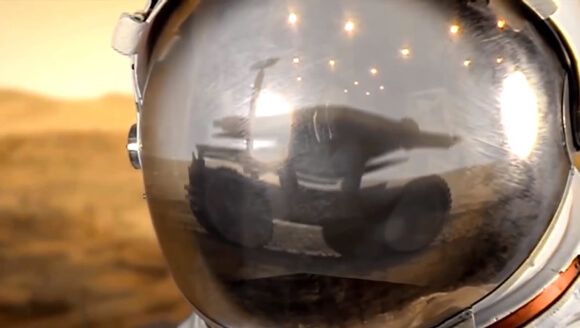Written By: Jason Dorrier — Singualrity Hub
First, the private organization announced they would colonize the Red Planet by 2023 and fund the mission, in part, by making a television show about their space adventures. Then they took some 200,000 applications from would-be astronauts (with no required qualifications) for a one-way ticket to Mars.
If you’re disappointed that human beings haven’t flown beyond the Moon—then all this bold Mars talk is inspiring. But talk is cheap. Now, comes the costly part.
